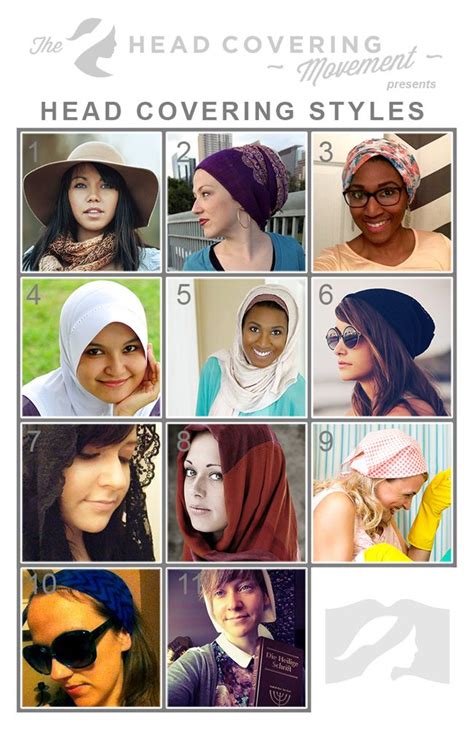Head coverings have been a part of women’s fashion for centuries, and they continue to be a popular choice for religious and cultural reasons. While there are many different types of head coverings available, seven essential styles stand out:

-
Hijab
The hijab is a veil that covers the head and neck, leaving the face visible. It is worn by Muslim women as a symbol of modesty and religious devotion. -
Niqab
The niqab is a veil that covers the entire face, except for the eyes. It is worn by Muslim women in some cultures as a way to maintain privacy and modesty. -
Burqa
The burqa is a full-body covering that covers the entire body, including the head and face. It is worn by Muslim women in some cultures as a way to maintain privacy and modesty. -
Shayla
The shayla is a rectangular scarf that is wrapped around the head and neck. It is worn by Muslim women in some cultures as a way to cover the hair and neck. -
Khimar
The khimar is a long, loose garment that covers the head, neck, and shoulders. It is worn by Muslim women in some cultures as a way to cover the hair and body. -
Dupatta
The dupatta is a long, rectangular scarf that is worn over the head and shoulders. It is worn by women in South Asia as a way to cover the head and neck. -
Mantilla
The mantilla is a lace veil that is worn over the head and shoulders. It is worn by women in Spain and Latin America as a way to cover the head and neck.
There are many benefits to wearing head coverings for women. Some of the most common benefits include:
- Modesty: Head coverings can help women to dress modestly and avoid drawing attention to their bodies.
- Religious devotion: Head coverings can be a symbol of religious devotion for women who belong to certain faiths.
- Cultural identity: Head coverings can be a way for women to express their cultural identity.
- Sun protection: Head coverings can help to protect the head and neck from the sun’s harmful UV rays.
- Warmth: Head coverings can help to keep the head and neck warm in cold weather.
When choosing a head covering, there are a few things to consider:
- The purpose of the head covering: What is the reason for wearing the head covering? Is it for religious reasons, cultural reasons, or personal reasons?
- The style of the head covering: There are many different styles of head coverings available, so it is important to choose one that is comfortable and flattering.
- The material of the head covering: Head coverings are made from a variety of materials, so it is important to choose one that is breathable and easy to care for.
- The color of the head covering: Head coverings are available in a variety of colors, so it is important to choose one that matches the wearer’s personal style.
Here are a few tips for wearing head coverings:
- Choose a head covering that is comfortable and flattering.
- Make sure that the head covering is secure so that it does not fall off.
- Experiment with different ways to wear the head covering.
- Be confident in wearing the head covering.
Head coverings for women are a beautiful and versatile way to express modesty, religious devotion, cultural identity, and personal style. By following the tips above, women can choose and wear head coverings that are stylish, comfortable, and meaningful.
